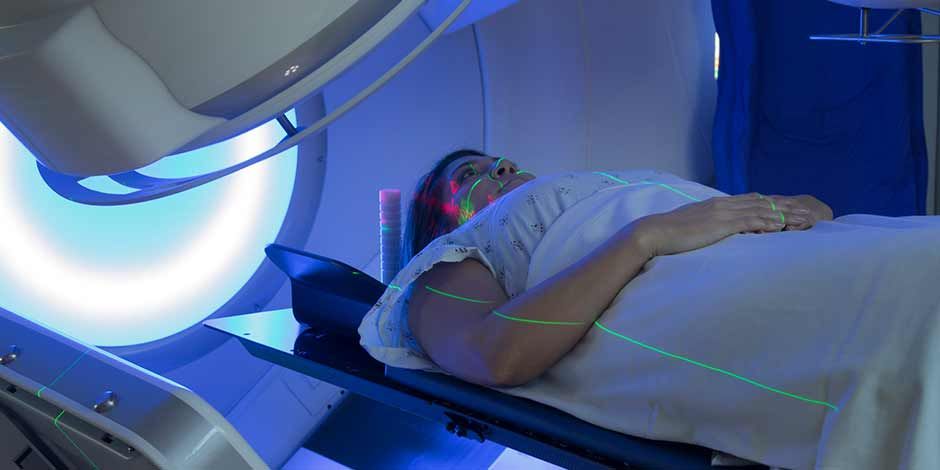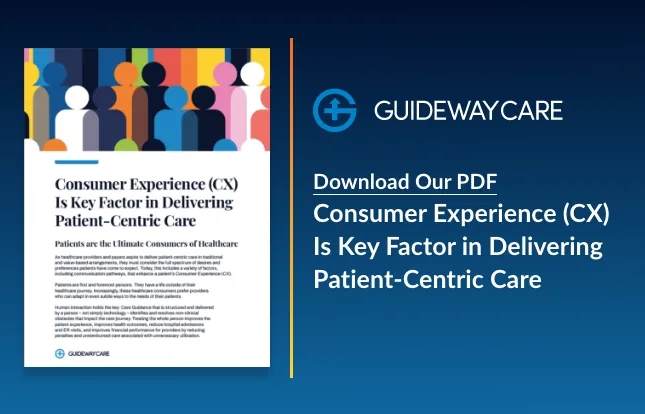The Radiation Oncology Model: Top Five Things to Know

The Centers for Medicare & Medicaid Services plans to roll out the Radiation Oncology Model (ROM) in January 2022, which will cover radiotherapy episodes of care. Participation is mandatory in select zip codes—you can access the current list here—and will cover physician group practices, hospital outpatient departments, and freestanding radiation therapy centers. To help providers prepare, we put together the top five things to know about the ROM and the potential changes that providers will need to make to excel under the model.
1. The ROM is part of the Patient Access and Medicare Protection Act (2015). Radiation Therapy was targeted for payment reform for three reasons: differences in payments across delivery sites; incentives that encouraged volume over outcomes; and variations in coding and payment that made it challenging to set appropriate payment rates for radiation therapy services. The ROM was designed to address these three areas by changing “to prospective, site neutral, modality agnostic, episode-based payments (that incentivize) physicians to deliver higher-value RT care.”
2. It’s a bundle. The ROM is a mandatory bundled payment approach that drives alternate, episode-based payments based on a patient’s cancer diagnosis and links payment to quality outcomes. Covered charges include radiotherapy services furnished within a 90-day episode for 16 cancer types. Payments are prospective—half will be paid when the radiation oncology episode is initiated, and the second half will be paid when the episode ends. Payments include a discount factor, but participants can earn back a portion of the withholds based on performance. This performance is tied to the following four quality measures:
- Oncology: Medical and Radiation – Plan of Care for Pain – NQF #0383; CMS Quality ID #144
- Treatment Summary Communication – Radiation Oncology
- Preventive Care and Screening: Screening for Depression and Follow-Up Plan -NQF #0418; CMS Quality ID #134
- Advance Care Plan -NQF #0326; CMS Quality ID #047
3. Prevention and screening for depression are critical to success. According to the “Preventative Care and Screening” measure, providers are required to use an age-appropriate, standardized depression screening tool to identify patients at risk of depression. If a screen delivers a positive result, the provider must formulate and document a follow-up plan. Depression impacts approximately 1 in 4 patients with cancer. And as the severity of the depression increases, so does the likelihood that a patient will not adhere to a care path, impacting outcomes and health quality. It isn’t enough just to administer a questionnaire and make a referral. To drive results, providers need to establish a personal relationship with patients—one where the individual feels comfortable sharing their feelings and possible suicidal thoughts. But relationship building takes time that many providers, especially nurses, don’t have. Care guidance services can help to fill this gap by providing non-clinical resources who can step in to connect with patients, measure and monitor depression risk, and drive escalation when needed to the most appropriate resource.
4. Patient experience will impact payments. The ROM will withhold two percent of the professional component and one percent of the technical component payments for each episode starting in program year three. Participating providers can earn a portion of the quality and patient experience withholding back based on clinical data reporting, quality measure reporting, and performance.
The beneficiary reported CAHPS, Cancer Care Radiation Therapy Survey, plays a critical role in the ROM. This survey will capture the patient experience and include new measures defined as part of future rulemaking. The administration of the CAHPS survey has typically fallen to nursing staff, which are made responsible for patient follow-up and survey data capture. While nurses are fully capable of administering the CHAPS, this is a time-consuming activity that could be reassigned to non-clinical staff.
5. Providers don’t have to go it alone. There are solutions that can help augment resources to ensure practice patient outreach and communication. The succeed under the ROM, patients need to stay connected, adhere to their care path, and stay motivated across the episode of care. Non-clinical care guidance provides a way to maximize performance under the ROM by:
- Specifically targeting quality measures and satisfaction across depression screening, follow up, and patient experience measures
- Removing non-clinical outreach and workload from clinical staff
- Reducing avoidable utilization and deterioration through increased patient compliance with care plans
- Improving patient understanding and satisfaction through education and connection
- Driving compliance with quality metrics and outcome targets
A care guidance solution that combines cancer type-aligned protocols, highly skilled, trained and managed resources, and a smart care guidance platform can help providers succeed under the ROM. With the right prompts, communication, and relationships, care guidance can lower barriers, improve patient compliance, improve outcomes, and reduce non-clinical demands on nursing staff to drive performance. With bundled and alternative payment models, an investment in non-clinical care guidance support can lead to better returns and optimized outcomes for patients as well as providers.
To learn more about bundled payment solutions, visit https://guidewaycare.com/offerings/bundled-payments/.
Contact Us Today To Learn How We Can Help
"*" indicates required fields




